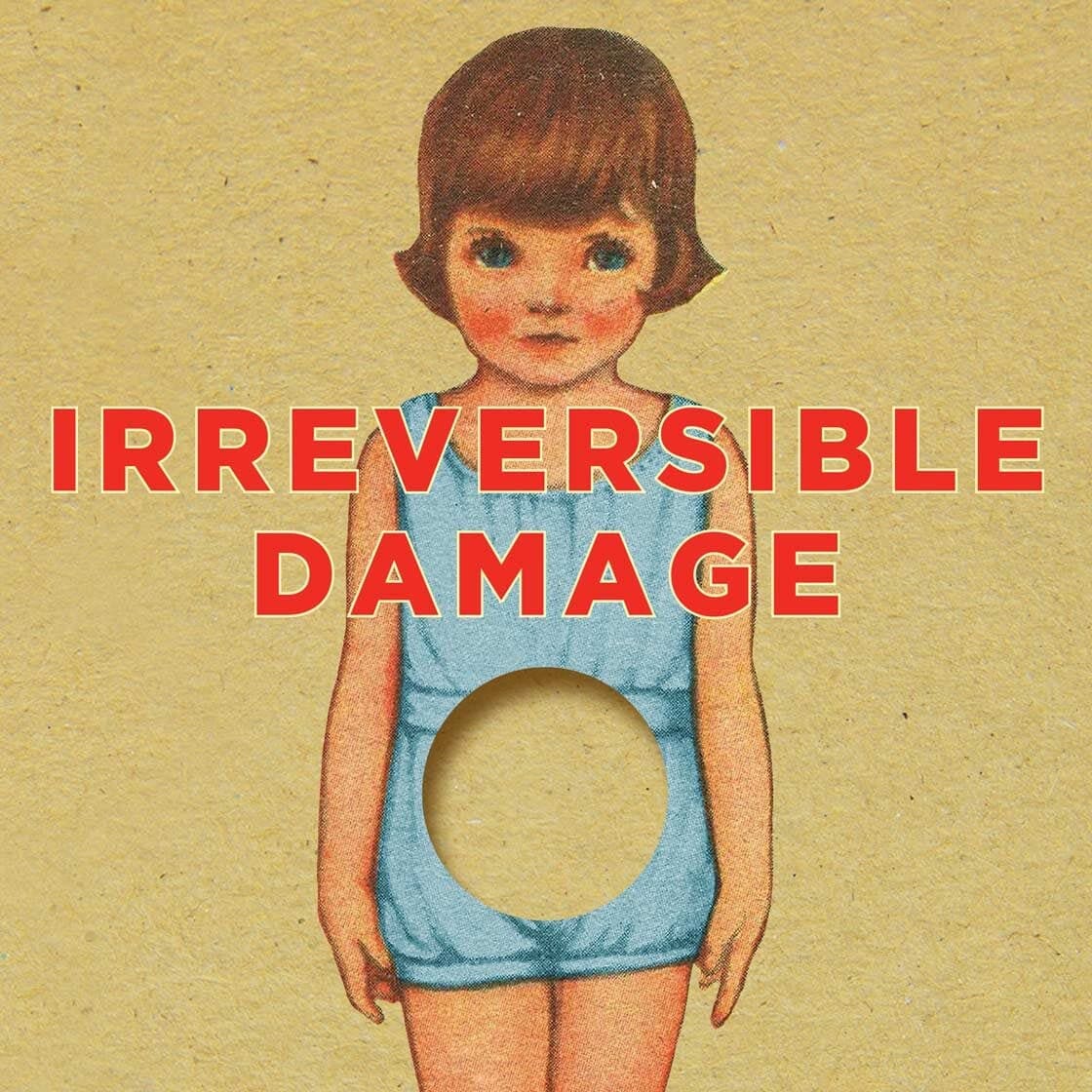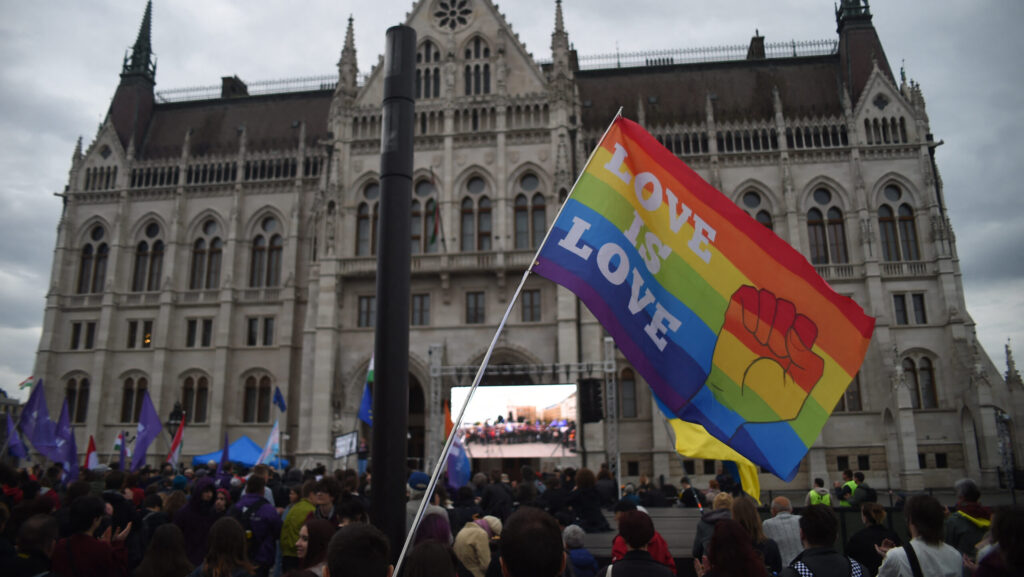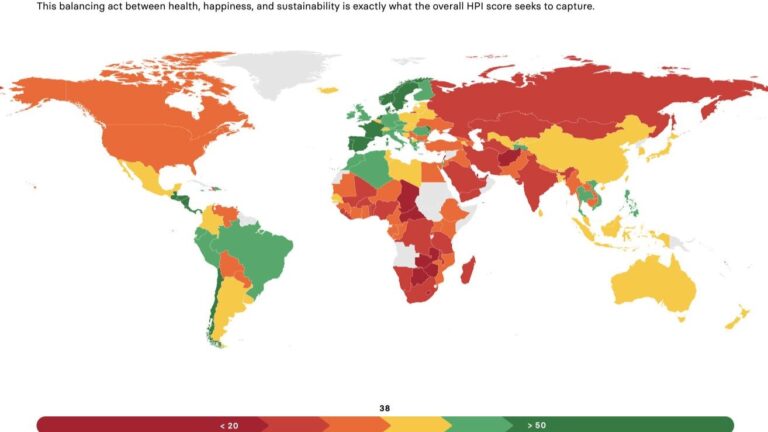‘The efforts to block my reporting have been legion, starting with staff threats at a publishing house, which quickly reversed its original intention to publish my book. Once I obtained a stalwart publisher, Regnery, Amazon refused to allow that company’s sales team to sponsor ads on its site’—wrote Abigail Shrier, author of Irreversible Damage: The Transgender Craze Seducing Our Daughters (Regnery Publishing, 2020) and journalist of The Wall Street Journal, on the pages of the online magazine Quillette in November 2020. She added that many journalists wanted to review her book, but their bosses turned their requests down.
What makes this book so dangerous is that it critically investigates the epidemic phenomenon of transgenderism, highlighting that ‘between 2016 and 2017, the number of females seeking gender surgery quadrupled in the United States. Thousands of teen girls across the Western world are not only self-diagnosing with a real dysphoric condition they likely do not have; in many cases, they are obtaining hormones and surgeries following the most cursory diagnostic processes.’ So it is not about transgenderism per se; it is about thousands of teenage girls who suddenly identify as transgender, jump into the movement, and are irreparably damaged.
The question naturally arises: how come? Well, schools and even kindergartens in the US have in recent years gone ‘woke’, with the result that it has become fashionable to be LGBTQIA. The most fashionable, however, is to be trans. It is common that teenagers experience countless problems during those turbulent years, including gender identity crises and body image disorders. Classic feminism has fought against stereotypes regarding femininity, but the trans movement reinforces them. This means that you are a real woman if you fit the image of femininity—because biological males who feel they are in fact women are able to present themselves as women only in that way: by fitting stereotypes. So they try to convince every girl who feels uncomfortable about herself that maybe her true self is a boy—thus she is really he, a trans person.
Shrier warns her readers that this is a previously unknown phenomenon, even in transgender circles. In the past few decades, you were trans if you had a long history of gender identity disorder, dating back to your childhood. ‘Transition’ was a carefully chosen last resort to solve your problems, with the assistance of doctors and therapists who took full responsibility for you.
Those old days are gone: nowadays doctors and therapists, with a few exceptions, do not dare to contradict claims of transgenderism. This means that teenage girls who are uncertain about their femininity can easily jump into the transgender social media world, where activists and advocates convince them that the only way is transition, which is a joyful and unproblematic “journey”, and everybody who says otherwise is a narrow-minded fascist. Activist “therapists” claim that if you do not immediately accept your daughter’s claim to be trans, you are effectively driving her (him?) to suicide.
Shrier first visits this social media world to figure out its horrific thinking, and presents the kind of intimidation that is meted out to scholars who question transgender orthodoxy. For example, Lisa Littman was intimidated for her research into the phenomenon, when she did not get politically correct results. In addition, she presents five “dissident” scholarly doctors who object to trans claims: Kenneth Zucker, Ray Blanchard, Michael Baley, Lisa Marchiano, and Paul McHugh. Some of them only question the claims of teenage girls to be suddenly trans. Others, namely Paul McHugh, question the whole phenomenon, since it is impossible to predict before transition who will regret it later, with or without a prior story of gender identity disorder. In fact, studies show that most of the mental problems of people who choose transition do not subsequently disappear. That is why the book’s title is Irreversible Damage.
Shrier first visits this social media world
to figure out its horrific thinking, and presents the kind of intimidation that is meted out to scholars who question transgender orthodoxy. For example, Lisa Littman was intimidated for her research into the phenomenon, when she did not get politically correct results. In addition, she presents five “dissident” scholarly doctors who object to trans claims: Kenneth Zucker, Ray Blanchard, Michael Baley, Lisa Marchiano, and Paul McHugh. Some of them only question the claims of teenage girls to be suddenly trans. Others, namely Paul McHugh, question the whole phenomenon, since it is impossible to predict before transition who will regret it later, with or without a prior story of gender identity disorder. In fact, studies show that most of the mental problems of people who choose transition do not subsequently disappear. That is why the book’s title is Irreversible Damage.
Given this state of affairs, it is very interesting that the whole American school system, the APA, the healthcare system, the medical profession, and every expert have all jumped on to the trans bandwagon. ‘Conversion therapy’—which would try to convince you to accept your biological sex and body—is banned in nineteen states as ‘dangerous’. Trans people cannot change their ‘soul’, their ‘self’, because that would be mentally problematic, but to damage your own body with long, expensive, dangerous, and aggressive medical interventions is completely okay. This is absurd.
In her book, Abigail Shrier does not question the basic claims of transgender individuals. She only questions the claims of teenage girls. In fact, she interviews older trans people who themselves express concern about this new turn of events. Especially because hormone therapy and transition cannot be reversed, so those who subsequently regret it will be trapped in an impossible situation. And there are more and more of those who regret it, as shown in Trans Life Survivors (2018), written by the detransitioned ex-trans personality, Walt Heyer.
The author of Irreversible Damage does not question the whole trans phenomenon, but argues that we have to make clear that true ‘transition’ is impossible, because our every cell is inherently feminine or masculine; because our bone structure is feminine or masculine; and because our brain is feminine or masculine. The book of Abigail Shrier is a worthy counterpart to Ryan T. Anderson’s When Harry Became Sally: Responding to the Transgender Moment (2018), which is also being discriminated against by Amazon.
We live in awkward and troubling times, full of disquiet. We can only hope that bestsellers such as Shrier’s book will reinforce common- sense rejection of trans nonsense and false anthropological claims.








